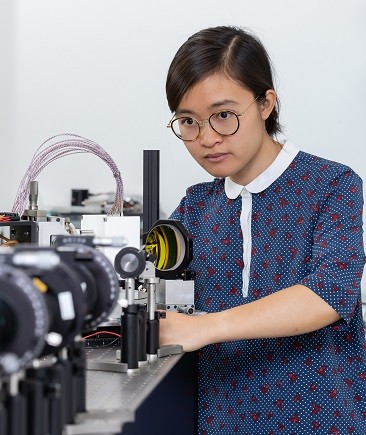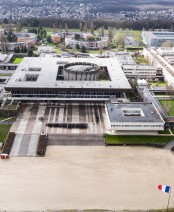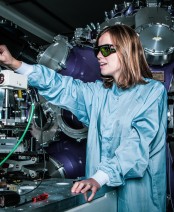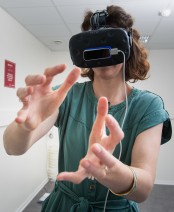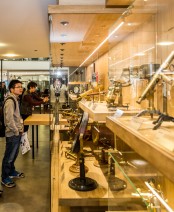Six winners of the l'Oréal-UNESCO Awards for Women in Science are linked to l'X
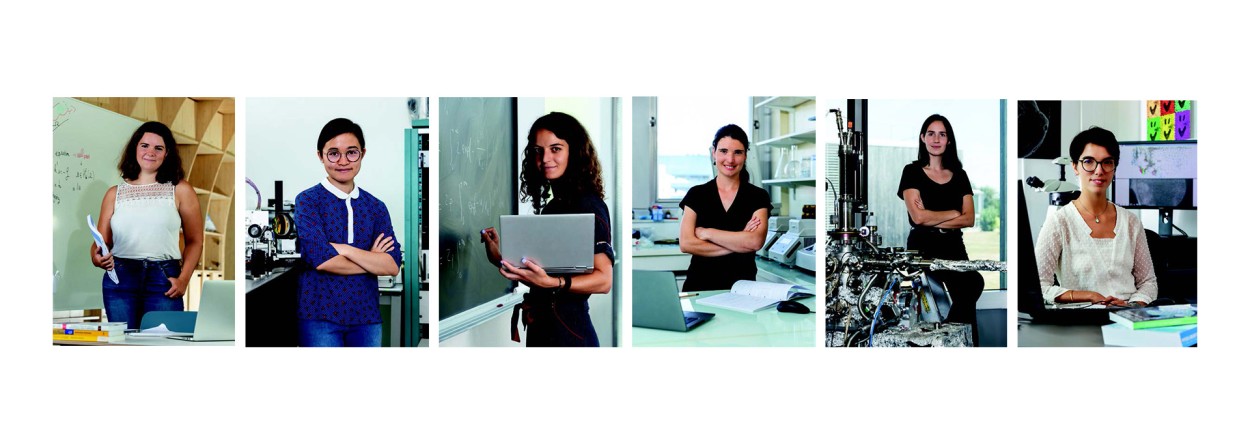
The l'Oréal-UNESCO prize rewards 35 women scientists each year via the "Jeunes Talents France" programme. In 2022, Victoire Cachoux, Marie Cherasse, Flore Sentenac, Lucile Vigué, Anne Nguyen and Angèle Niclas have been awarded this prize. All of them studied at l'X or did their research in one of the laboratories affiliated to Ecole Polytechnique. In addition to recognising the quality of their research work (see the summary below for each of the winners), the L'Oréal-UNESCO prize also aims to improve the visibility of women in science. A subject that is always topical. This commitment is important to the laureates: "The presence of women is a real issue, especially in the quantitative sciences, says Victoire Cachoux. There are more women in biology for instance, but they are still rare the higher up the hierarchy you go. Moreover, having the most diverse community possible helps to avoid perpetuating biases - in particular sexist biases - and to better deal with the ethical questions that inevitably arise." "There are very few women," agrees Flore Sentenac. Even if I have never personally felt this to be an obstacle, it raises questions. Especially as there are many reasons to go into data science: it is an exciting field, which can be applied to a wide variety of subjects and where there are many career opportunities."
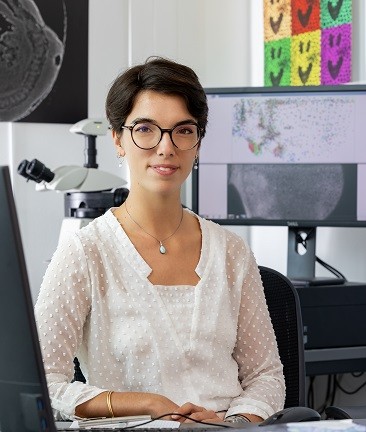
Victoire Cachoux's (X2013) thesis at Institut Curie aims to better understand apoptosis, the phenomenon of programmed cell death. "During the normal development of organisms, cells are obviously created but others are also eliminated as they grow, she explains. We have a fairly good understanding of which genes are involved in apoptosis, but the other regulators are less well known. Under the direction of Yohanns Bellaïche and Boris Guirao, Victoire Cachoux's aim was to analyse and extract information, using statistical learning tools, from the very large quantity of data collected at the Institut Curie during the development of Drosophila fly dorsal thorax tissue. Her work has highlighted the importance of physical parameters such as cell geometry.
Marie Cherasse is carrying out her PhD in the Irradiated Solids Laboratory (LSI*) at École Polytechnique, in partnership with the Fritz Haber Institute in Berlin. Her objective is to understand and improve the properties of materials called "perovskites" that can convert solar radiation into electricity. In the long term, this will make it possible to develop the use of solar energy by increasing the efficiency of photovoltaic panels. In addition to photovoltaic panels, these materials could also be used as components of LEDs or X-ray detectors.
*LSI: a joint research unit CEA, CNRS, École Polytechnique - Institut Polytechnique de Paris
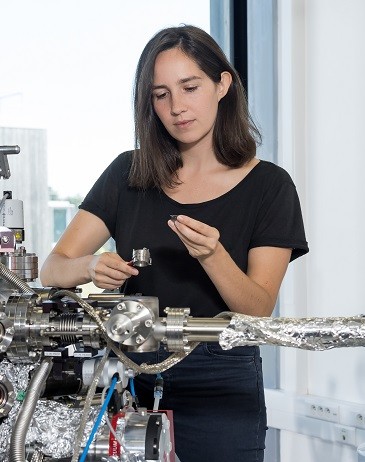

Flore Sentenac is interested in statistical learning tools, which are now commonly referred to as artificial intelligence (AI). These techniques are used today in many algorithms with great success, but we cannot fully explain why they work. As part of her thesis at the Centre for Research in Economics and Statistics (CREST*) under the supervision of Vianney Perchet, Flore Sentenac is trying to understand the limits of these algorithms, particularly in the case of sequential algorithms, i.e. when the data are not accessible all at once, but are revealed over time, for example, as a user browses the Internet. This work contributes to providing theoretical guarantees for the operation of these algorithms, particularly so that they are compatible with privacy protection.
*CREST: a joint research unit CNRS, École Polytechnique - Institut Polytechnique de Paris, ENSAE Paris - Institut Polytechnique de Paris, GENES
Lucile Vigué (X2015) is starting her 3rd year of PhD at IAME, an Inserm laboratory located within the Bichat medical faculty in the North-East of Paris. She is doing a PhD in bioinformatics and more particularly in evolutionary theory on the bacteria Escherichia coli. Bacteria are constantly mutating, and Lucile Vigué uses statistical models to understand the effect of these mutations. This allows her to analyse the mechanisms by which Escherichia coli adapts to become resistant to a treatment or more virulent during an infection.
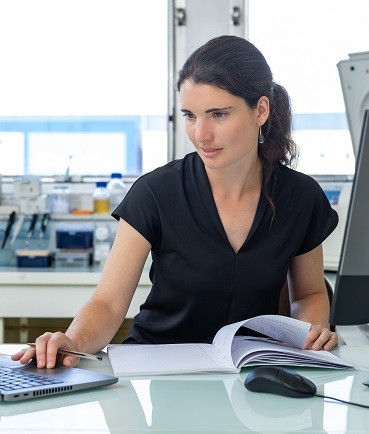
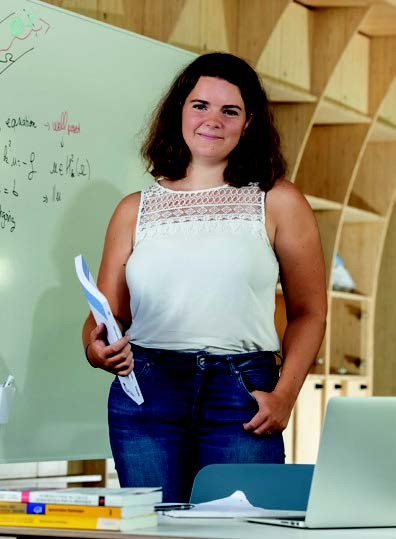
Angèle Niclas has just started a post-doctorate at the Centre for Applied Mathematics (CMAP*) at École Polytechnique. During her thesis in the Mathematical Computer Department of the Camille Jordan Institute (École Centrale de Lyon), she devoted her research to 'inverse problems'. Her aim was to mathematically find the defects of structures such as optical fibres, by studying the equations of waves propagating at particular resonance frequencies. Such non-destructive testing methods allow the state of materials to be followed over time. During her post-doctorate with Josselin Garnier at CMAP, Angèle Niclas plans to extend her study of inverse problems when applied to seismology.
*CMAP: a joint research unit CNRS, École Polytechnique - Institut Polytechnique de Paris
Anne Nguyen (X2014) is completing her thesis at the Charles Fabry Laboratory of Institut d'Optique Graduate School (Université Paris-Saclay). In her research work, she is designing, optimising, fabricating and characterising spectrally selective incandescent meta-surfaces in the mid-infrared. These structures are emitting light with a controlled polarisation state and their emission is rapidly modulated. The platforms it develops allow the integration of a complete optical system over a few tens of nanometres, which makes it possible to gain up to 7 orders of magnitude in compacity compared to systems based on conventional optical elements.
